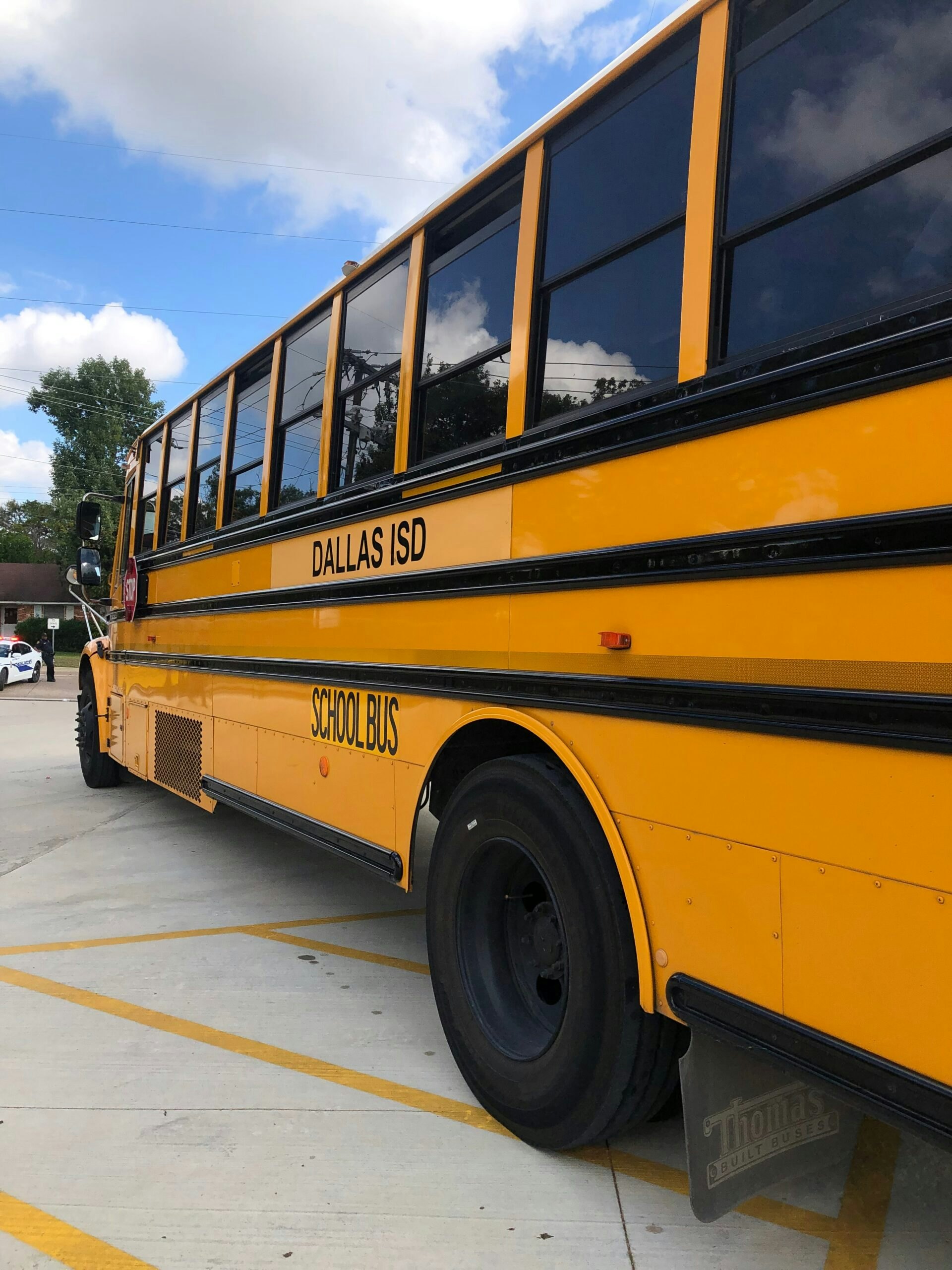Here are five things that Texans, especially those of us who populate urban communities like Houston-Galveston, Dallas-Fort Worth, and Austin-San Antonio, should keep in mind as we head toward 2036 and our bicentennial. We make up the majority of the state and will need a deep understanding of water strategies that can sustain Texas’ prosperity.
Many of us Texans may not fully appreciate just how much the use of water will impact Texas’ ability to grow economically and sustain its bigger-than-Australia population. Oh, sure, recent droughts have raised awareness in our metropolitan state about water issues, including the one-year drought of record in 2011.
But the flow, availability, and cleanliness of our water is not necessarily a constant in the minds of many of us who live far from the land, where the availability of decent supplies is a point of daily awareness. We think we turn on the tap and water will flow. Yes, but it doesn’t happen that easily.
Here, then, are five things that Texans, especially those of us who populate urban communities like Houston-Galveston, Dallas-Fort Worth, and Austin-San Antonio, should keep in mind as we head toward 2036 and our bicentennial. We make up the majority of the state and will need a deep understanding of water strategies that can sustain Texas’ prosperity.
First, we need to keep making our water planning process work for Texas. We start with an advantage thanks to the late Lt. Gov. Bob Bullock passing thru the 1997 Texas Legislature, and then-Gov. George W. Bush signing into law, a 50-year water planning process.
The effort requires a range of stakeholders in 16 different areas of the state to create a water plan for their region for the next 50 years. Those stakeholders must revise that document every five years and secure state approval. This process requires hours upon hours of hearings to identify pressing water demands, available supplies, and future sources.
Thanks to the approval of Texas voters in 2013, we also have a fund to finance some of the projects that have been identified for the coming decades. Together, the planning and funding mechanisms provide us the means to at least understand and address some of our needs.
But, after nearly 25 years of operation, we must make sure the process keeps meeting the needs of the state. As one example, the transfer of water from a region of the state that has ample supplies yet not many people to a region that has more people than water is controversial. Those transfers, however, are essential for the state’s growth.
Similarly, the creation of new reservoirs will be crucial for metropolitan areas like Dallas. Some rural regions will resist, but the creation of lakes in the 1950s created a reliable water source for Dallas to grow into a major economic force. Tensions will exist over creating new lakes in rural areas to supply urban centers, but those metropolises are a major driver of growth within Texas.
Second, municipal water reuse and conservation are key to Texas growing between now and 2036. Reuse and conservation are crucial given the double whammy of our growing population and changing climate. During another horrible drought in 2014, cities like Wichita Falls nearly went dry.
The state’s plan calls for securing 44 percent of our supplies between now and 2070 through water reuse and conservation alone. This could mean something as simple as using recycled water to irrigate golf courses or meeting a building’s needs. (The Bush Center uses a recycling process to meet much of its water needs.) Or it could be something as complex as El Paso’s water desalination system and Big Spring’s turning of sewage water into drinking water. It also could also mean capturing water from big rains or floods and storing it for drier times.
Large or small, water reuse and conservation strategies will increase the chances that we can meet our water needs and grow our economy.
Third, innovative uses of water in agricultural production will allow Texas to be green and grow. “Green and grow” needs to be as central in our Texas parlance as the famous “Don’t Mess with Texas” slogan. We can sustain our ranches and farms by using technologies to identify the amount of water that crops need; restoring wetlands that allow farms and ranches to keep water from running off their land; and planting native grasses and growing crops, including genetically-modified ones, that require less water.
But it will be hard to keep our agriculture industry thriving unless we practice even more creative conservation strategies. It also will be hard if we think about only producing the water we need now and letting the future fend for itself.
Fourth, we need enough clean water, particularly in rural Texas. Making sure we have enough water supplies is not the only priority. The state also must make sure those supplies are clean enough for consumption. That, unfortunately, is not always the case. As the Texas 2036 report identifies, the Environmental Protection Agency has designated more than 400 of our public water systems “serious violators.”
The problem is particularly acute in rural areas that often lack the financial and technical resources to supply clean water for their citizens. The presence of arsenic, nitrates, and fluorides, which can be naturally occurring as well as the result of man-made chemicals, is a reality.
The state has a funding mechanism, as does Washington, to deal with some of these realities. Making sure the dollars flow into communities with contaminated water sources is important for the health and development of our rural communities, which already face enough obstacles.
Fifth, sustaining aquifers requires thinking about the future as well as today. Aquifers like the far-ranging Ogalalla provide about half of the state’s water. For example, San Antonio, the nation’s seventh-largest city, derives most of its water from the Edwards and Trinity aquifers.
Aquifers especially matter in rural Texas. But since aquifers don’t always recharge easily, drawing enough from them to grow crops and raise livestock today while maintaining enough for the future is one of Texas’ most demanding balancing acts. C.E. Williams, general manager of the Panhandle Groundwater Conservation District, emphasized over the phone that “this is the hardest question we have to answer.”
This is where the state’s 97 groundwater conservation districts come into play. They exist in about three-quarters of the state that depend upon underground water supplies, and their members are elected locally or appointed by a county authority. Their job is to determine how much water individuals can pump from an aquifer.
That task is hard in the best of circumstances, but state law also says individuals have the right to pump as much groundwater as they like. Recent state court rulings as legislative actions have backed up that law.
As a state, we need to think about how we can use aquifers now and in the future. To make that happen, legislators need to give groundwater districts the tools they need to sustain the state’s nine major and 22 minor aquifers while the districts simultaneously inform neighbors about the best conservation practices. If they do their work right, including using science as their guide, the districts can make sure Texas’ agriculture industry can grow today — and tomorrow.
And that, after all, is what we should keep in mind as we head toward 2036. The right water strategies will allow Texas to grow now and in the future.




























